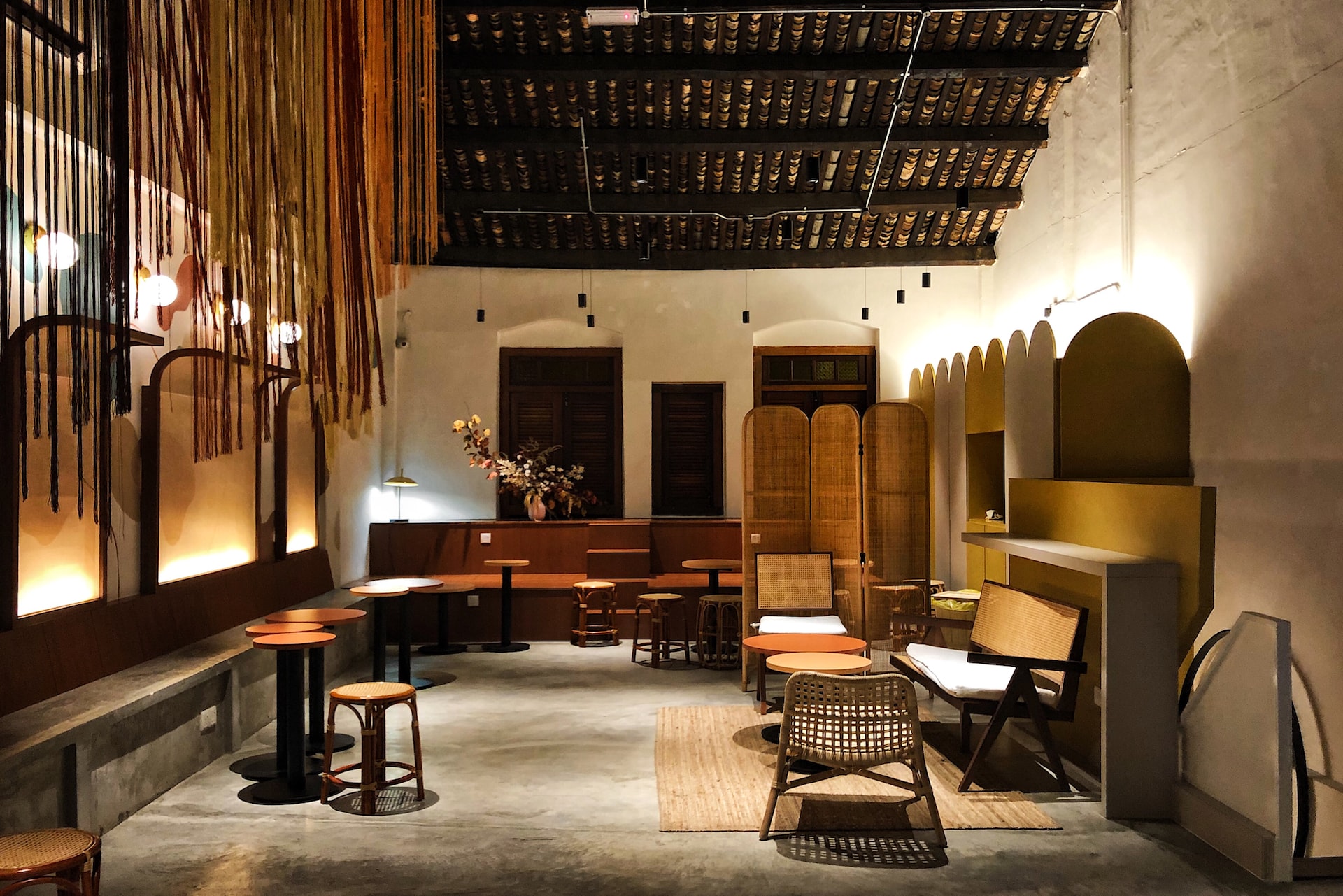
The Need to Fund a Larger Catalog
Witnessing one’s business flourish is a universal desire, serving as a testament to a business owner’s competence. This principle holds true for furniture stores as much as for any other type of company. The furniture store experienced sustained growth over an extended period, reaching a point where embracing new products became imperative for progress.
Moreover, this growth necessitated comprehensive furniture store remodels, creating an environment conducive to showcasing the freshly introduced merchandise. However, given the store’s reliance on seasonal business for most of its revenue, the pragmatic owners were aware that securing a traditional loan might prove challenging.
How Much Financing Is Enough?
To renovate the building and incorporate new stock, the owners had no option but to seek financing, and they prioritized finding a flexible and affordable method with reasonable interest rates.
Once the research was complete, the store identified the necessity of $500,000 to facilitate the process, ensuring its continued growth and scalability in response to the ongoing influx of customers. Armed with these figures, the next step involved evaluating various financing options.




